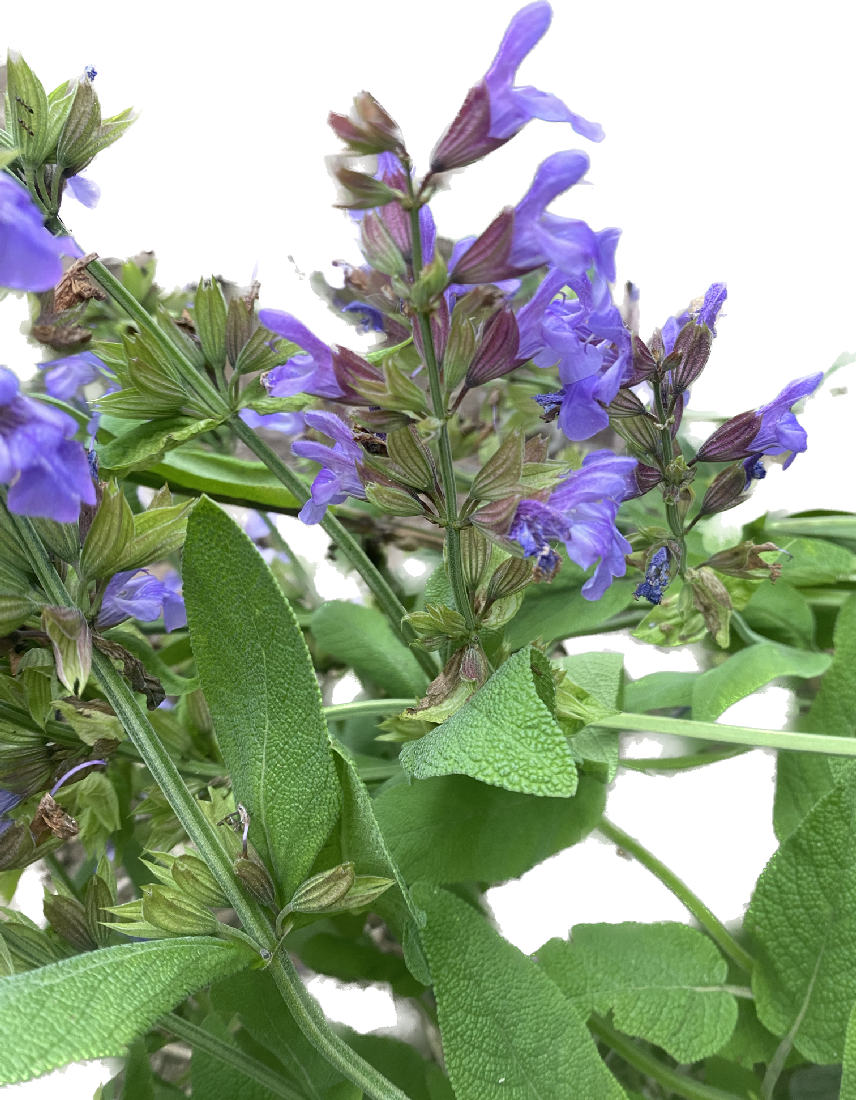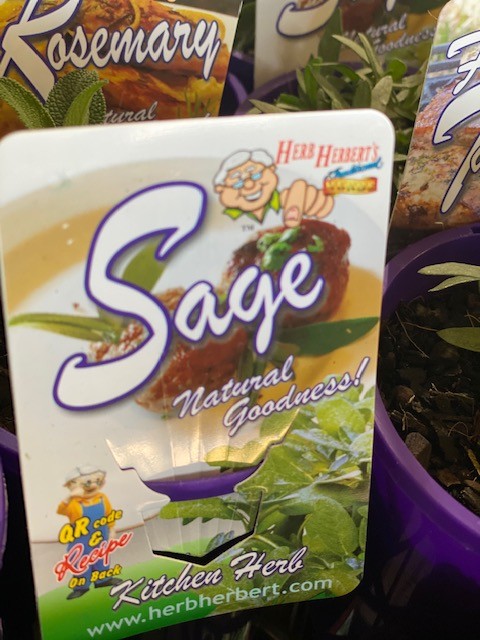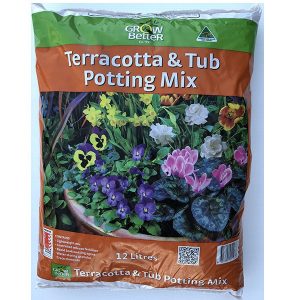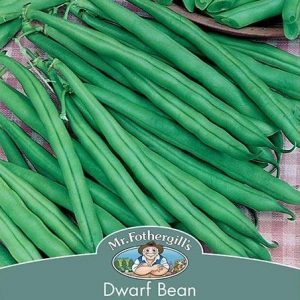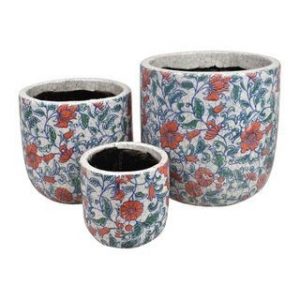Salvia officinalis (common sage) is a shrubby evergreen perennial with much-branched stems and wrinkled velvety, gray-green leaves about 2in (5cm) long. Spikes of violet to purple-pink, or white flowers, 1/2in (1cm) long, appear in summer
PARTS USED Leaves, oil, flowers
PROPERTIE SAn astringent, anti-septic, anti-inflammatory herb, which relaxes spasms, suppresses perspiration and lactation, improves liver function and digestion, and has anti depressant and estrogenic effects
.USES OF THE HERB CulinaryLeaves are made into tea, Sage Derby cheese, sausages, eels, and stuffings for goose and pork (northern Europe). Flowers are edible. MedicinalInternally for indigestion, wind liver complaints, excessive lactation, night sweats, depression, female sterility. Toxic in excess or over long periods.
CULTIVATION Well drained to dry, neutral to alkaline soil in sun. Propagate by seed sown in spring to autumn. Ifgrown under cover pinch out new growth to encourage a compact habit. Pests: Spider Mite, Aphids and White Fly.
HARVEST Leaves are picked for immediate use, or before flowers open for oil distillation and drying; dried leaves are used in infusions, liquid extracts, and tinctures.
Additional information
| Weight | 1 kg |
|---|---|
| Dimensions | 15 × 15 × 25 cm |
